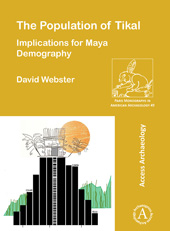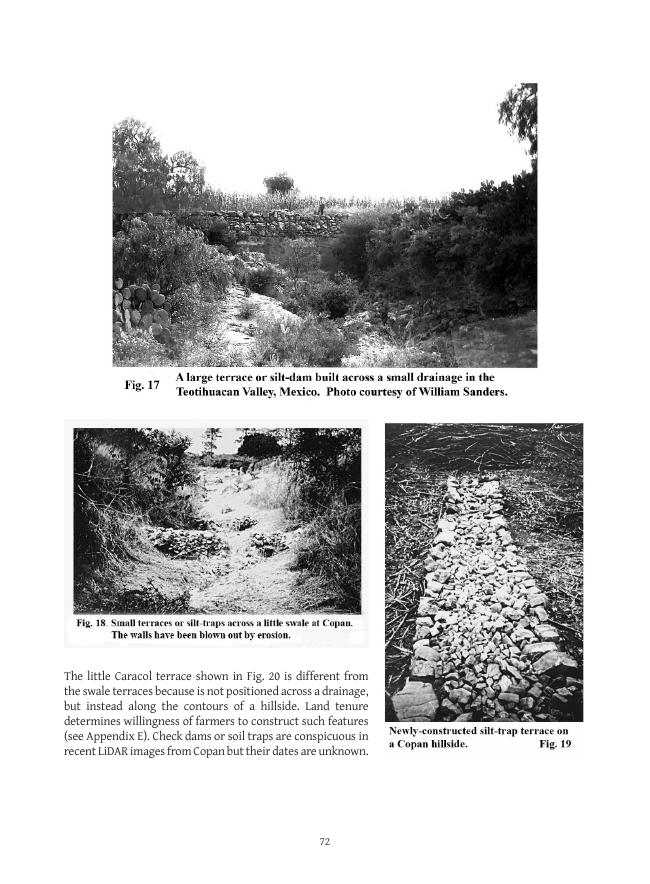2018 - Archaeopress Publishing
E-book
Versione Digitale
Download | Copia/incolla | Stampa
The Population of Tikal : Implications for Maya Demography
162 p.
- The Classic Maya (AD 250-900) of central and southern Yucatan were long seen as exceptional in many ways. We now know that they did not invent Mesoamerican writing or calendars, that they were just as warlike as other ancient peoples, that many innovations in art and architecture attributed to them had diverse origins, and that their celebrated "collapse" is not what it seems. One exceptionalist claim stubbornly persists: the Maya were canny tropical ecologists who managed their fragile tropical environments in ways that supported extremely large and dense populations and still guaranteed resilience and sustainability. Archaeologists commonly assert that Maya populations far exceeded those of other ancient civilizations in the Old and New Worlds. The great center of Tikal, Guatemala, has been central to our conceptions of Maya demography since the 1960s. Re-evaluation of Tikal's original settlement data and its implications, supplemented by much new research there and elsewhere, allows a more modest and reali
- stic demographic evaluation. The peak Classic population probably was on the order of 1,000,000 people. This population scale helps resolve debates about how the Maya made a living, the nature of their sociopolitical systems, how they created an impressive built environment, and places them in plausible comparative context with what we know about other ancient complex societies. [Publisher's text].
- Special access authorizations may apply; please contact us for further information.
-
Informazioni
ISBN: 9781784918460
MATERIE
PAROLE CHIAVE
- Classic Maya, demography, subsistence, agriculture, maize, resilience, collapse, drought



